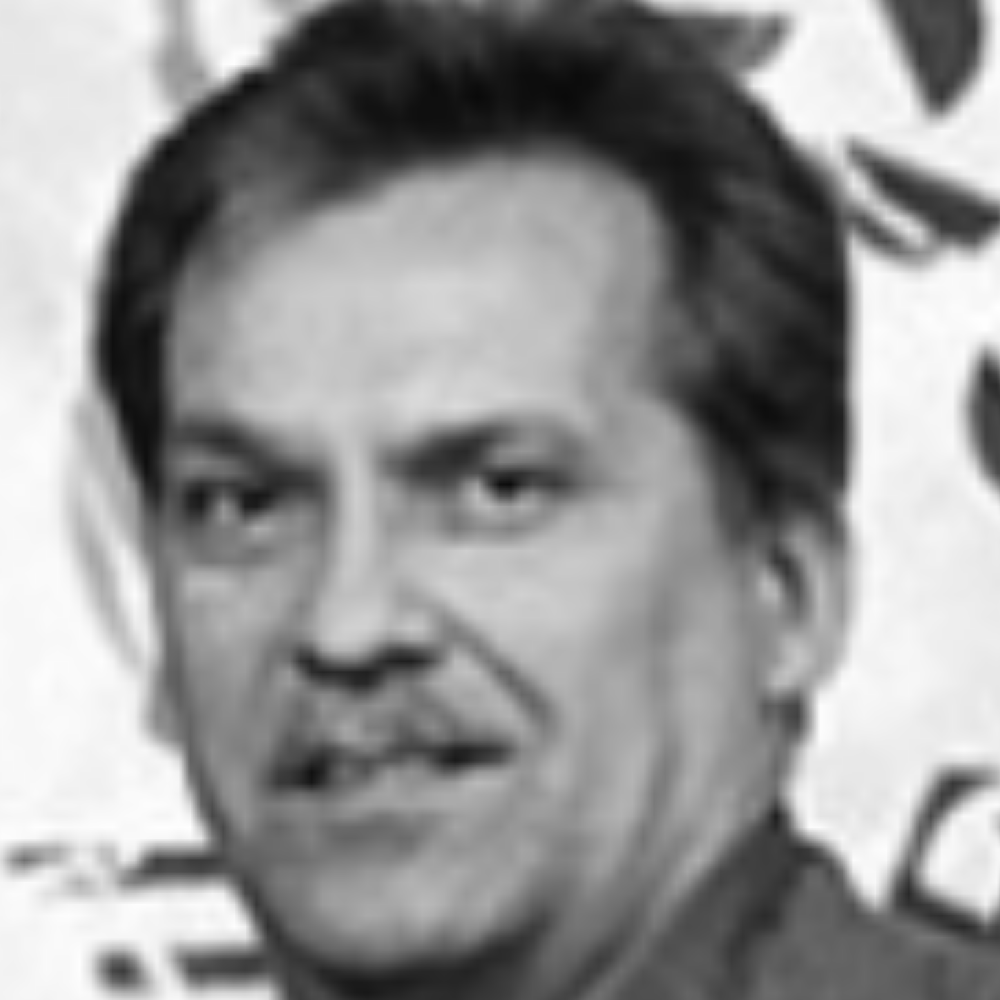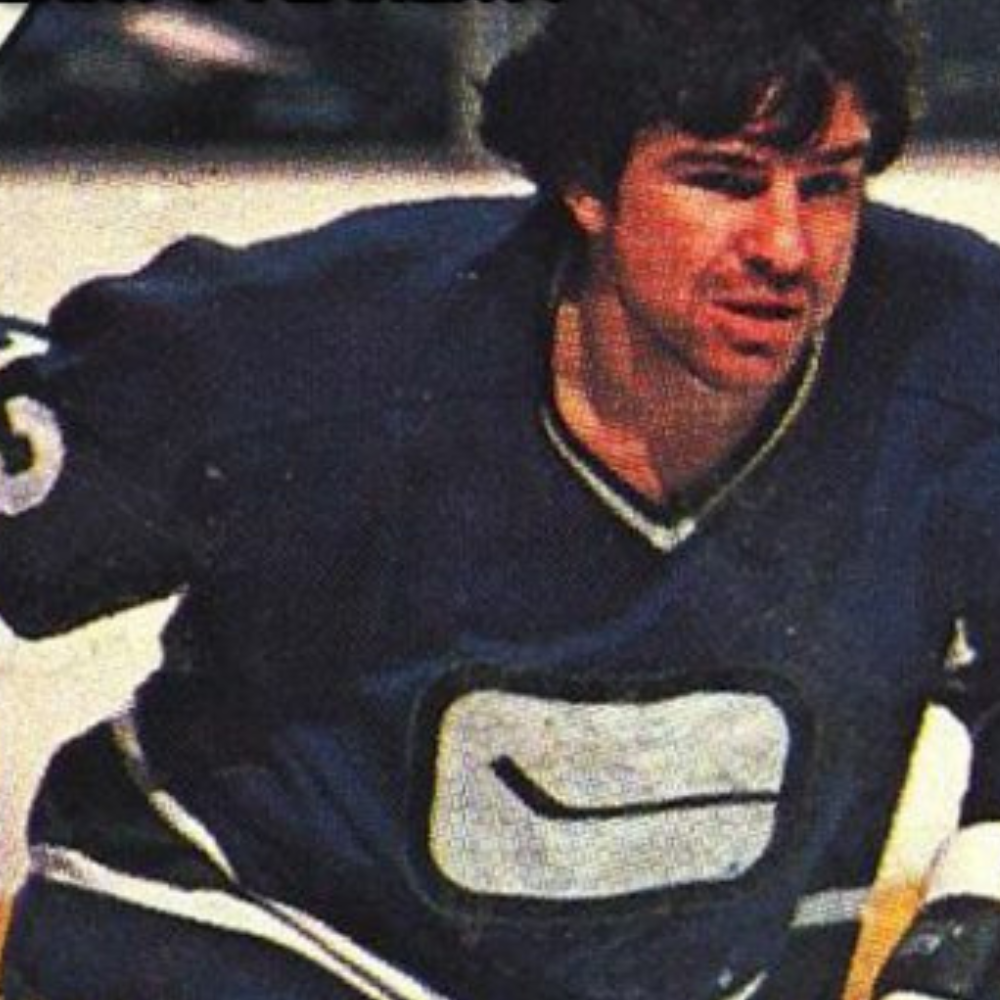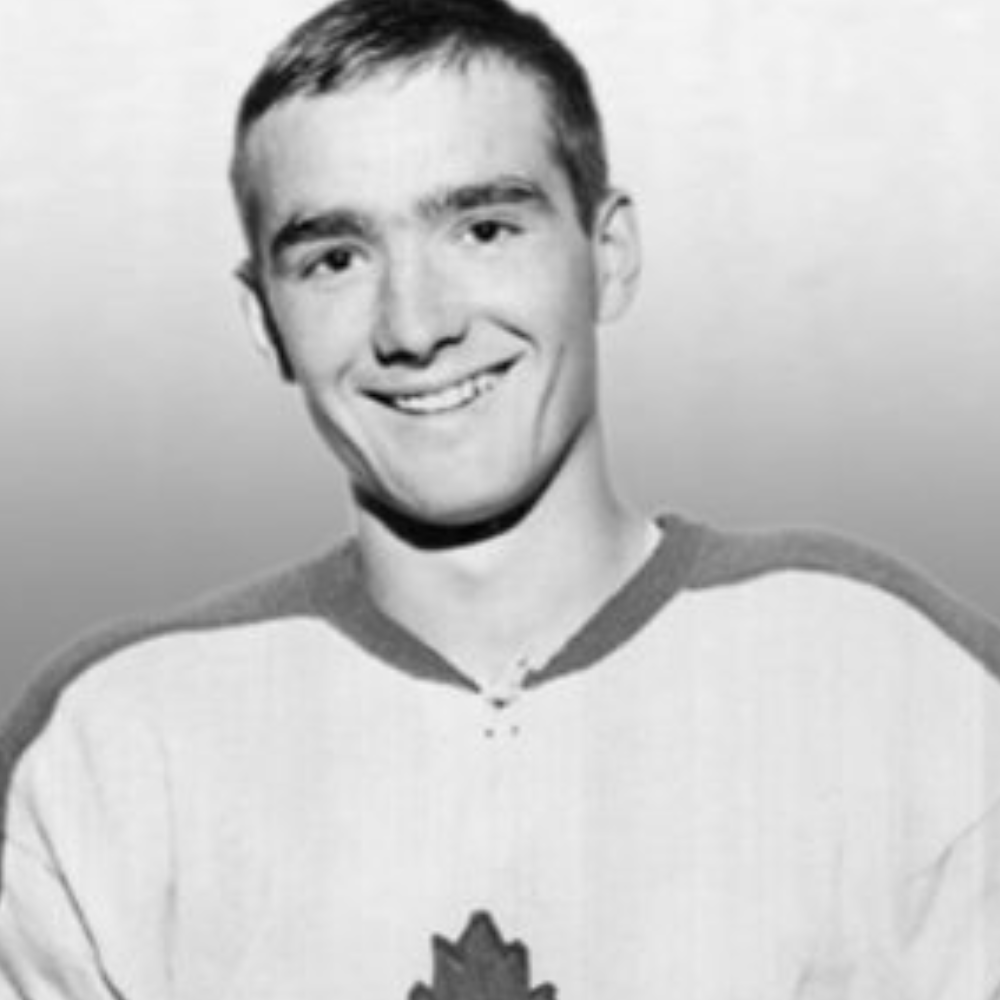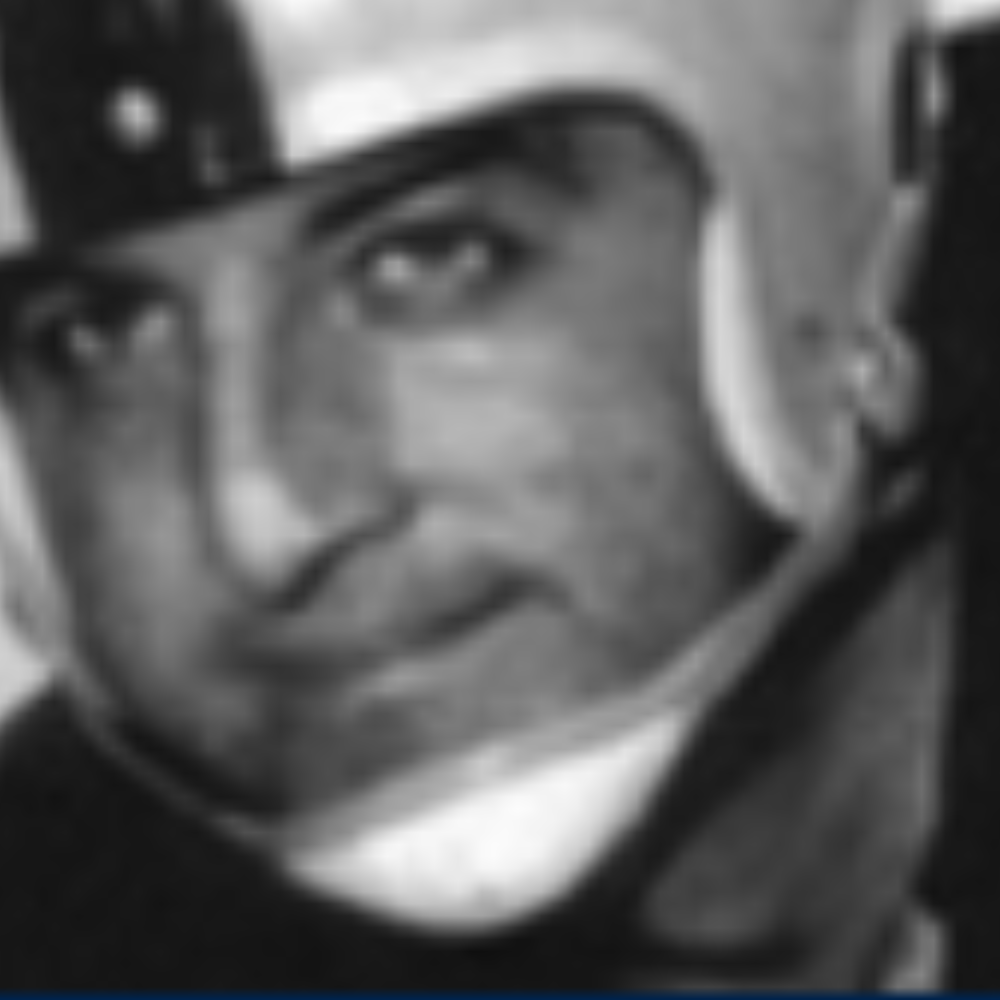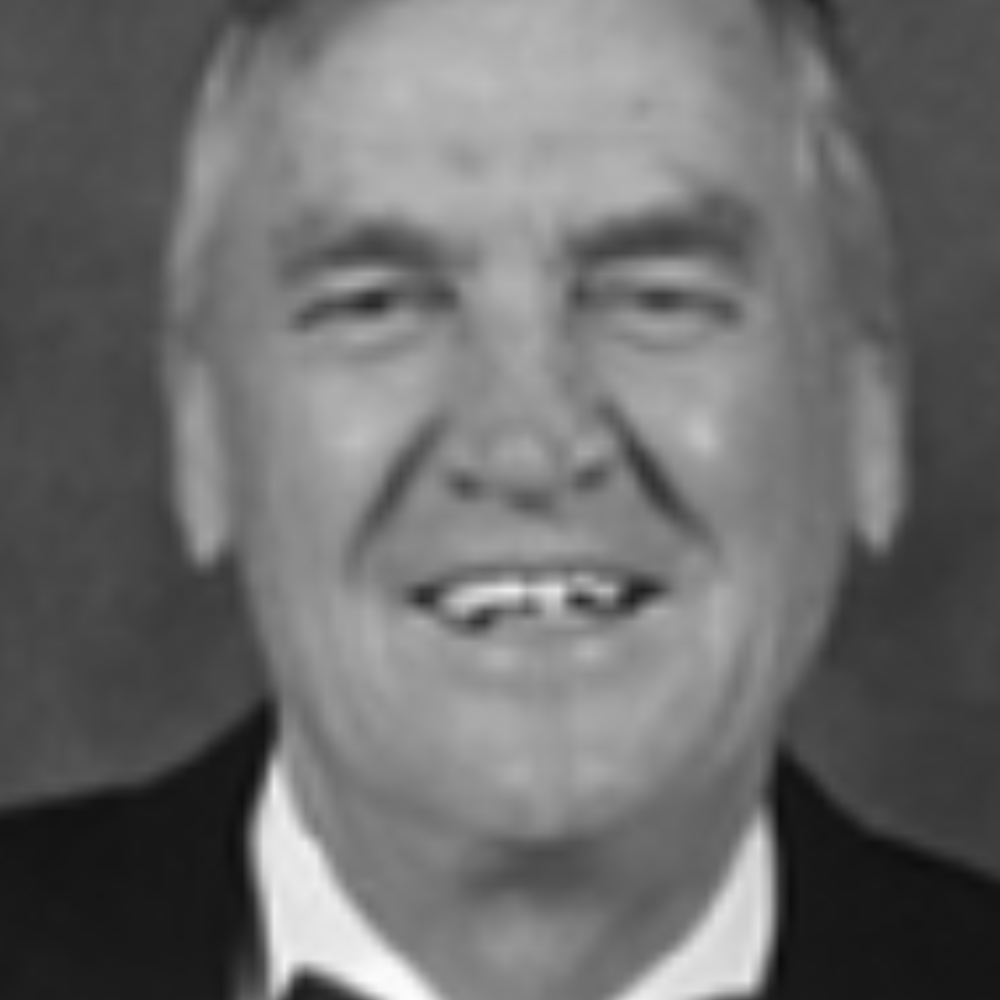Jerome Drayton
In an age when athletic records are being broken on an almost daily basis, Jerome Drayton’s mark in the marathon stands steadfast and firm. It has been more than a quarter-century since Drayton established the Canadian record of 2:10:09 in the marathon. It is the longest standing record in Canadian Track.
That achievement alone established the Lakeshore Athlete of the Year as a true Hall of Famer. His time, which has withstood the assault of such latter day Canadian marathon stars as Dave Edge and Peter Maher is one of many great accomplishments recorded by the former Etobicoke resident.
Drayton became a hero in Japan for his three victories in the Fukuoka marathon. In 1977 he became the first Canadian in 29 years to win the Boston Marathon, before scolding the organizers of the event to clean up their act. This resulted in a series of much needed changes in the fabled event.
Drayton, who has worked as a fitness consultant for the Ontario Ministry of Tourism and Recreation, also won a silver medal at the 1978 Commonwealth Games. He finished a respectable sixth at the Montreal Olympics and was a 12 time Canadian champion in a number of long distance events.
He is most proud of his three victories in Fukuoka, particularly the 1975 race in which he set his record. Just prior to the race he signed a deal with a shoe company and was fitted with a new pair on the eve of the race. “The soles gave way in the last five miles and it caused my ankle to stiffen up” Drayton recalls. “I caught the leader with about three miles to go and it was like a Charlie Chaplin routine. I sort of hopped on by.”
His record holds a certain mystique for Canadian runners. Maher, a successful runner of the international circuit, once said his main goal before retirement was to break Drayton’s record.

